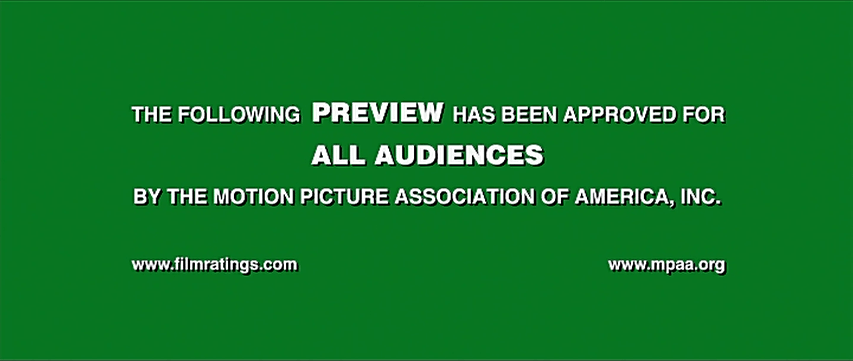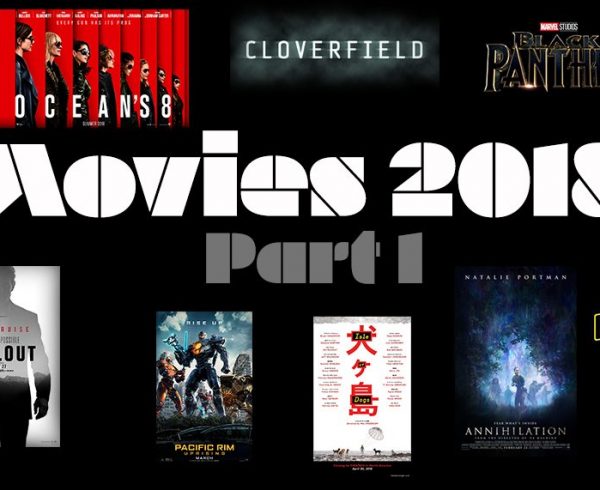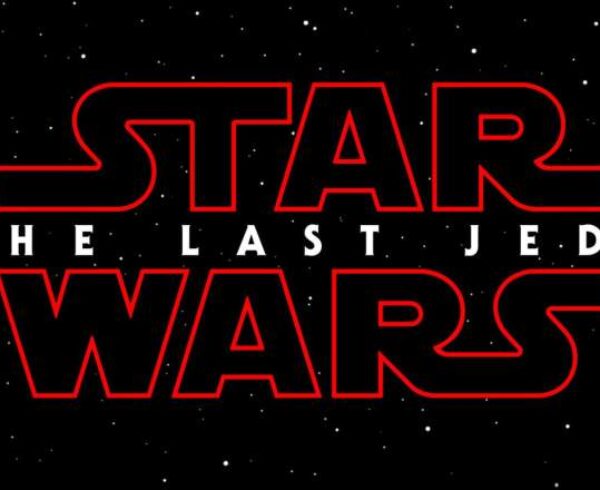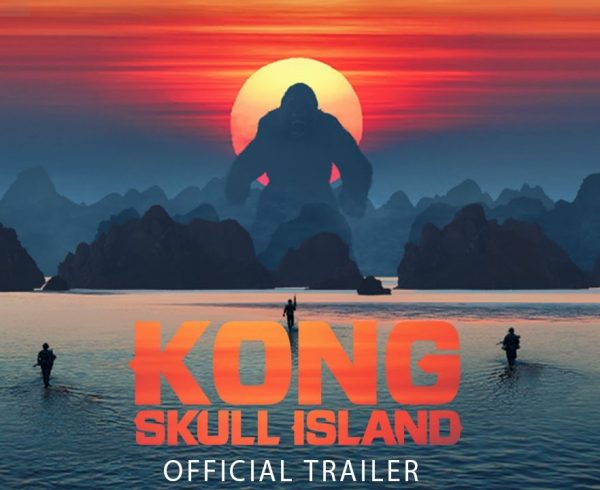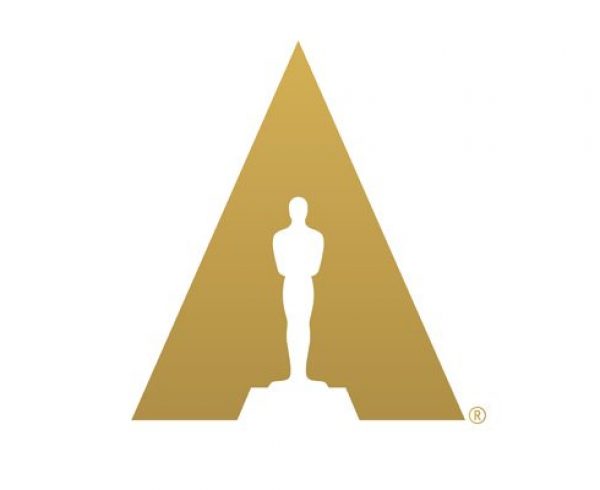Marketing can prove a difficult job, especially in today’s world, where every person is inundated constantly with offers and advertisements. Yet, Hollywood studios have had plenty of time to adapt to changing markets and methodology of storytelling, and we still do not have a very different model for movie trailers. Most of them show the main characters, a bit of the main problem needing resolution, and some of the action taken to do so. That, however, is on a good day.
For the past year, I have refused to watch almost any movie trailer of a film I hope to see in theaters. This little experiment began back before Star Wars VII marketing got well underway in 2015. I decided I wanted to go into that film experience completely clean, not knowing anything, if possible. That took far more effort and willpower than almost anything else I’ve ever done (Disney knows how to market a franchise, let me tell you). All that effort to preserve the experience of a story for the first, unadulterated time. The experience was great, and it caused me to consider doing this more frequently.
I no longer watch trailers in theaters, I avoid them as much as possible when on YouTube, and I don’t watch broadcast television. By now you are likely thinking I am just a bit crazy; that is fair. But ask yourself this: Just how much do trailers reveal to us and how much do they need to reveal? The standard trailer has become more and more revealing, especially when marketing a large superhero flick (studios want you to know all the action you don’t want to miss out on). Sometimes, in a worst case scenario, a trailer will even show the death, or near death, of a character. When you are paying $10-12 to see this movie, do you want to know the ending before you walk into the theater?
Let me just provide you with an artfully crafted trailer that I believe shows enough to keep you interested, but hides enough to keep you uncertain of what it is actually happening. This trailer is for the movie 10 Cloverfield Lane. It was a follow up to the 2008 movie, Cloverfield and was advertised only a few weeks before being abruptly released in theaters this past February. 10 CLOVERFIELD LANE We are not explicitly told who our protagonist is, what our dilemma is, or what kind of resolution will take place, yet you get a “feel” for the movie and type of story that might be unfolding. It is enough information, but only barely.
As a counter example, here is the trailer for Captain America: Civil War. This is not a perfect example, as it is part of one of the largest franchises in cinematic history, but do not forget, 10 Cloverfield Lane was also part of a franchise. CAPTAIN AMERICA: CIVIL WAR In the Captain America trailer, we are granted insight into the main dilemma, character developments, and even numerous shorts from the climax of the movie. Many trailers are even worse (I wager the trailer for Passengers is one of these) and so, two questions remain: 1. Do we need to see so much of a film before we are willing to watch it? 2. Does hollywood need to continue to use the same formula for their movie marketing?

